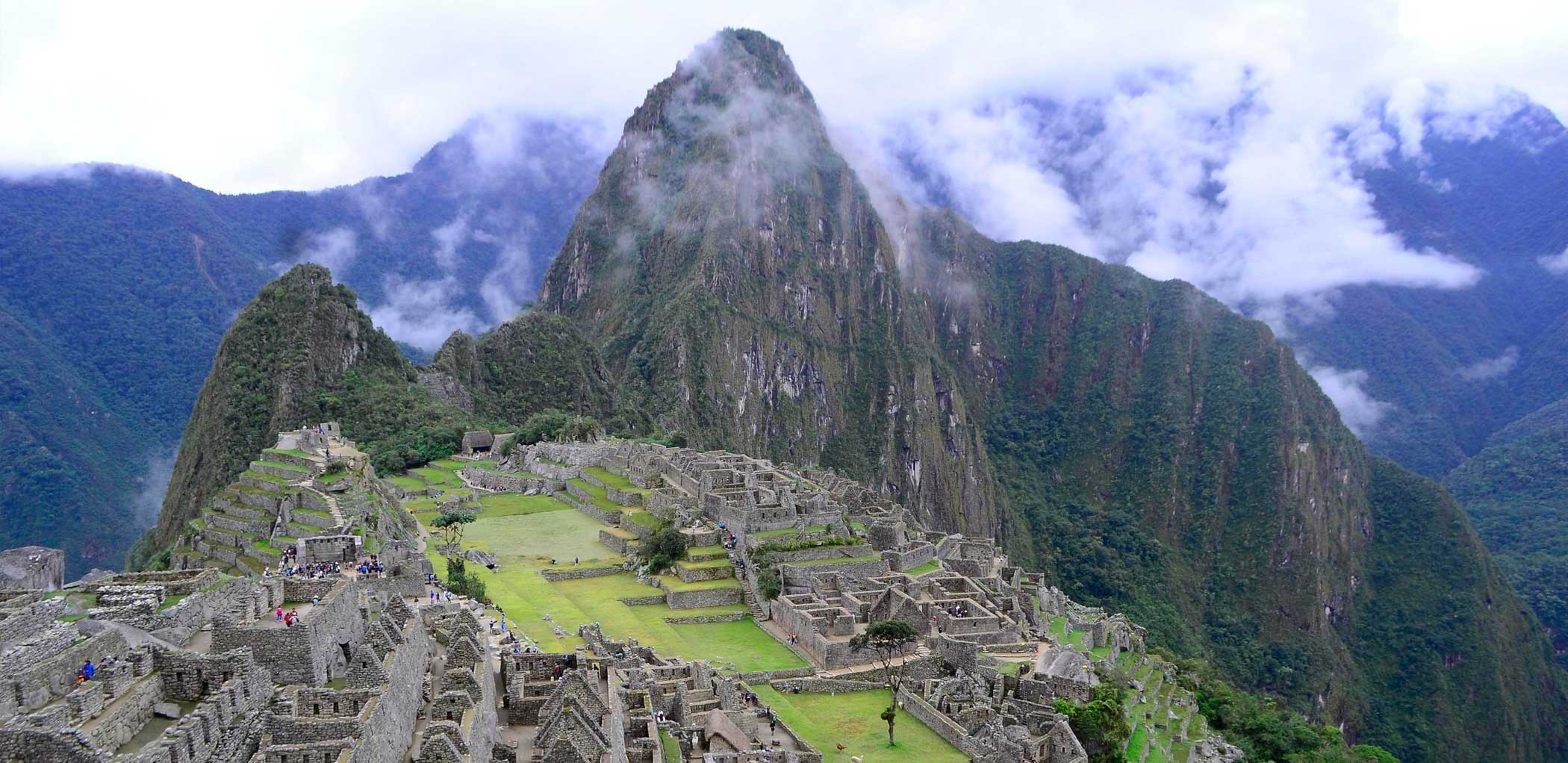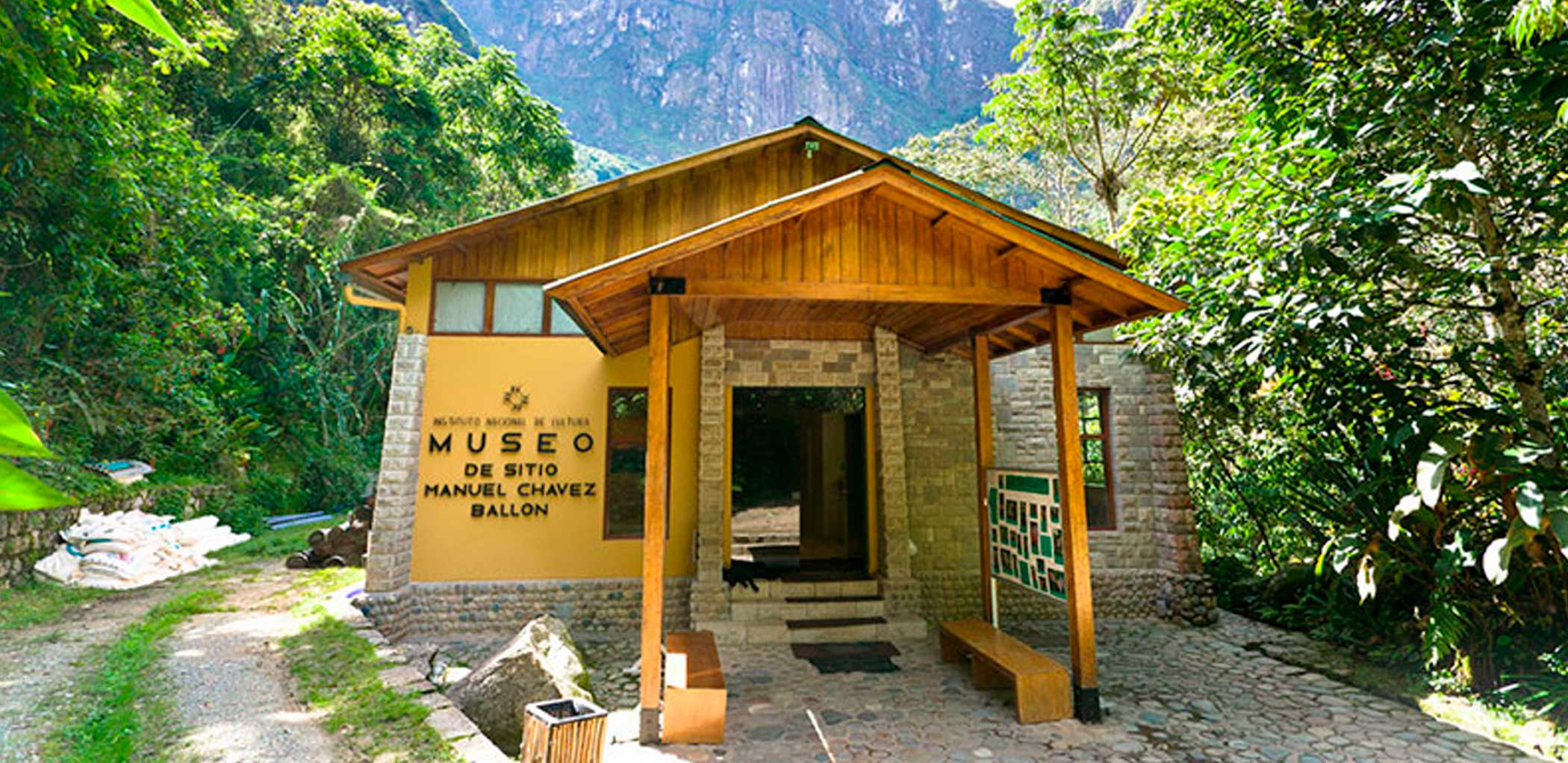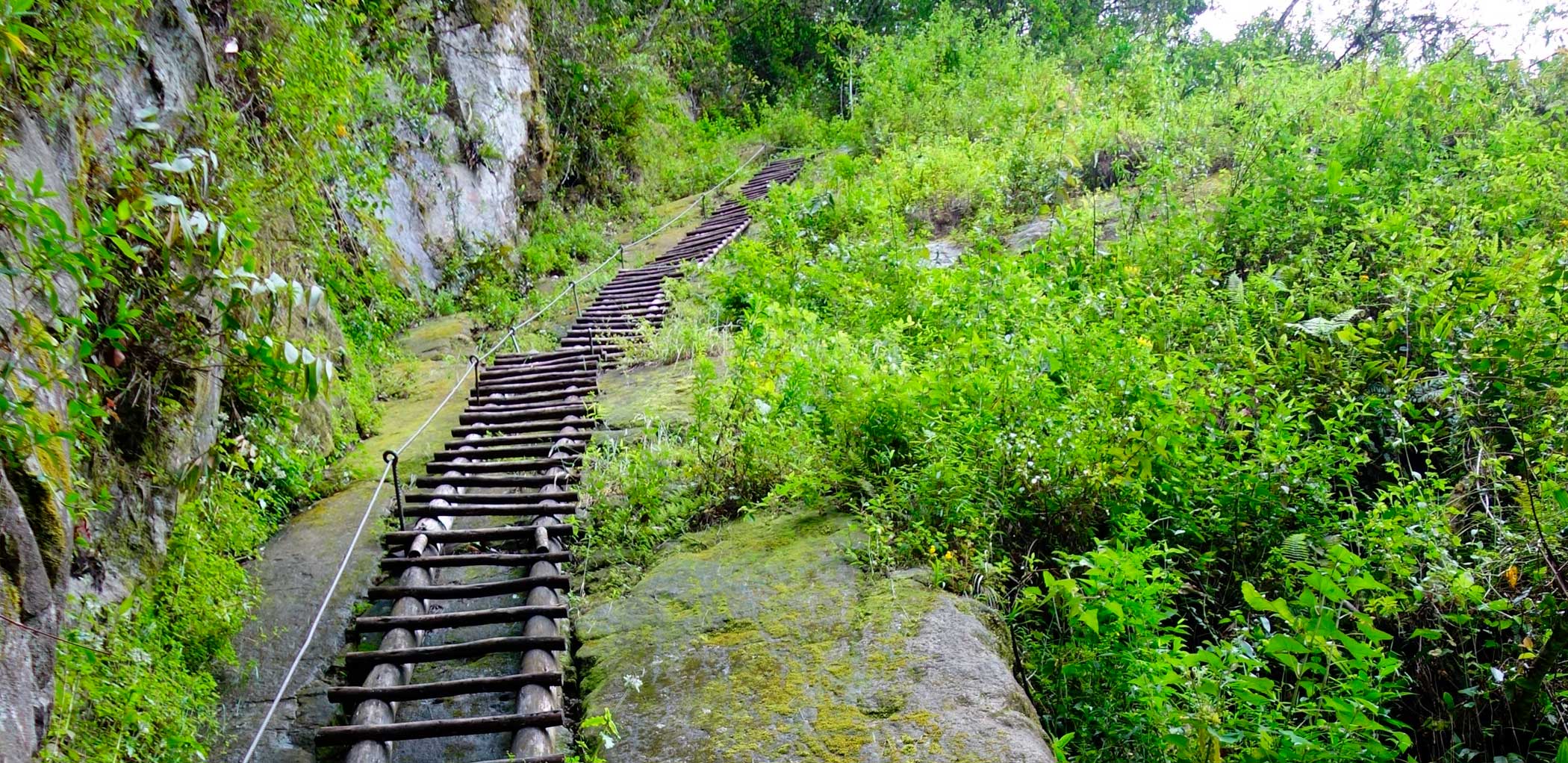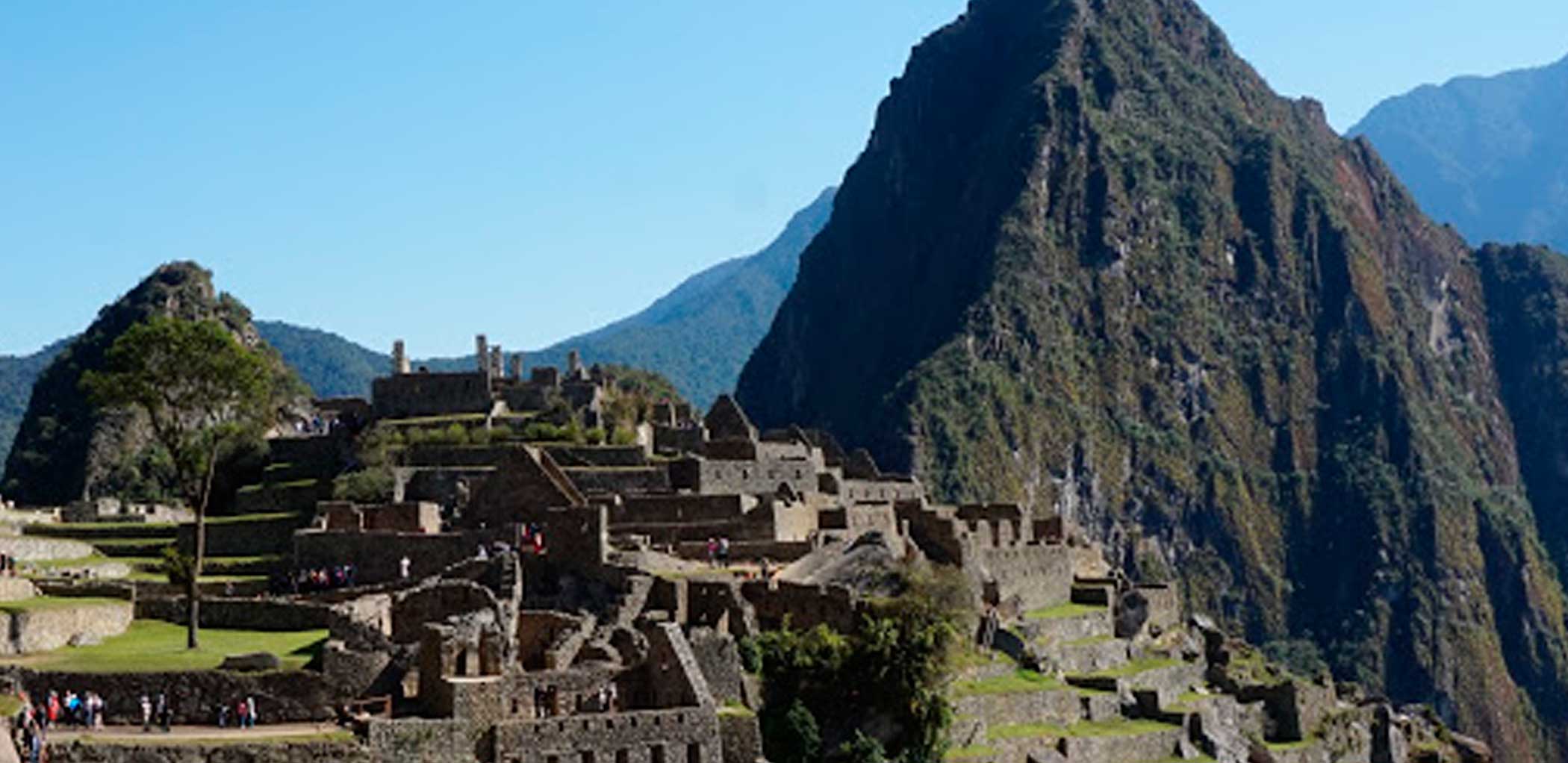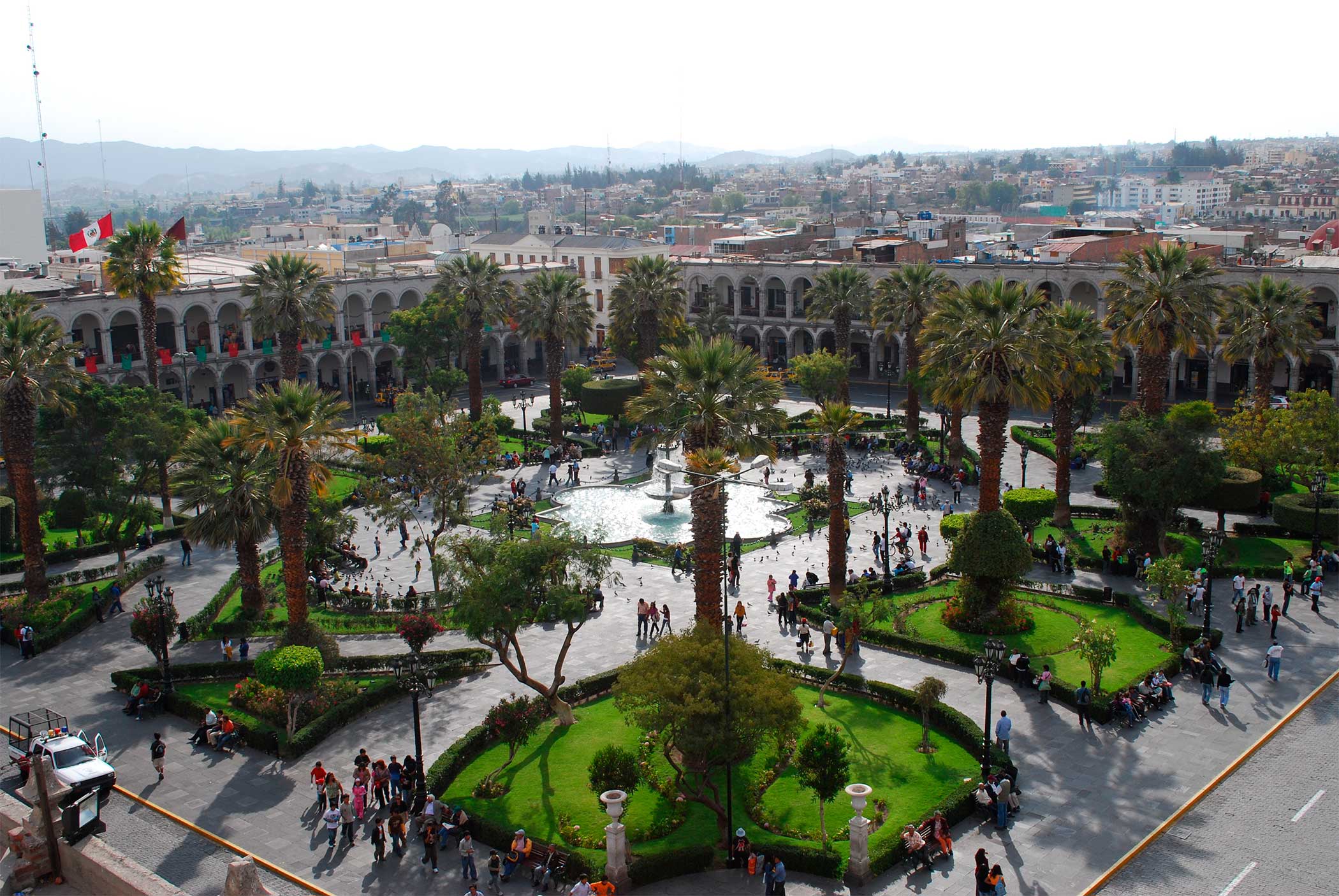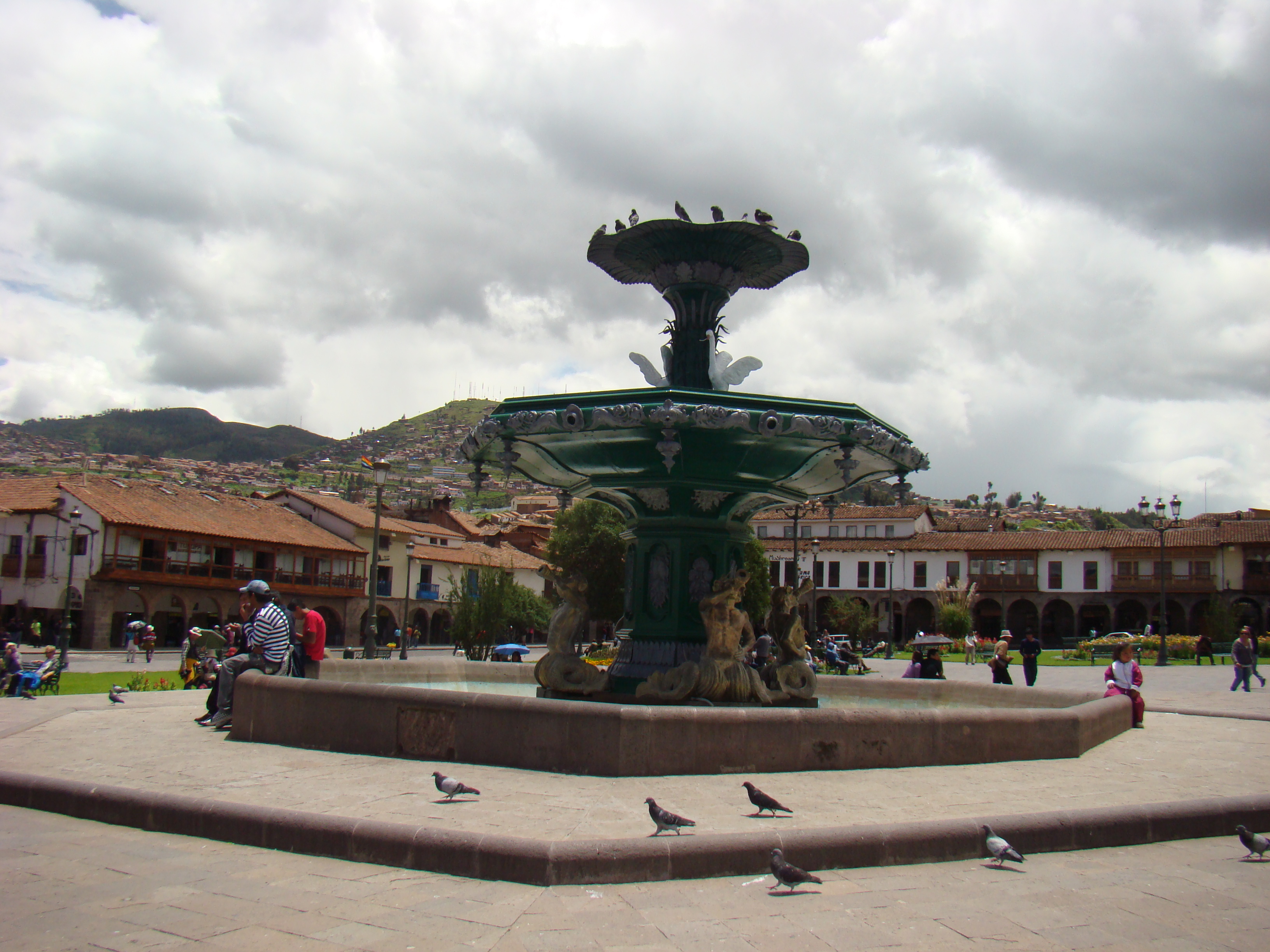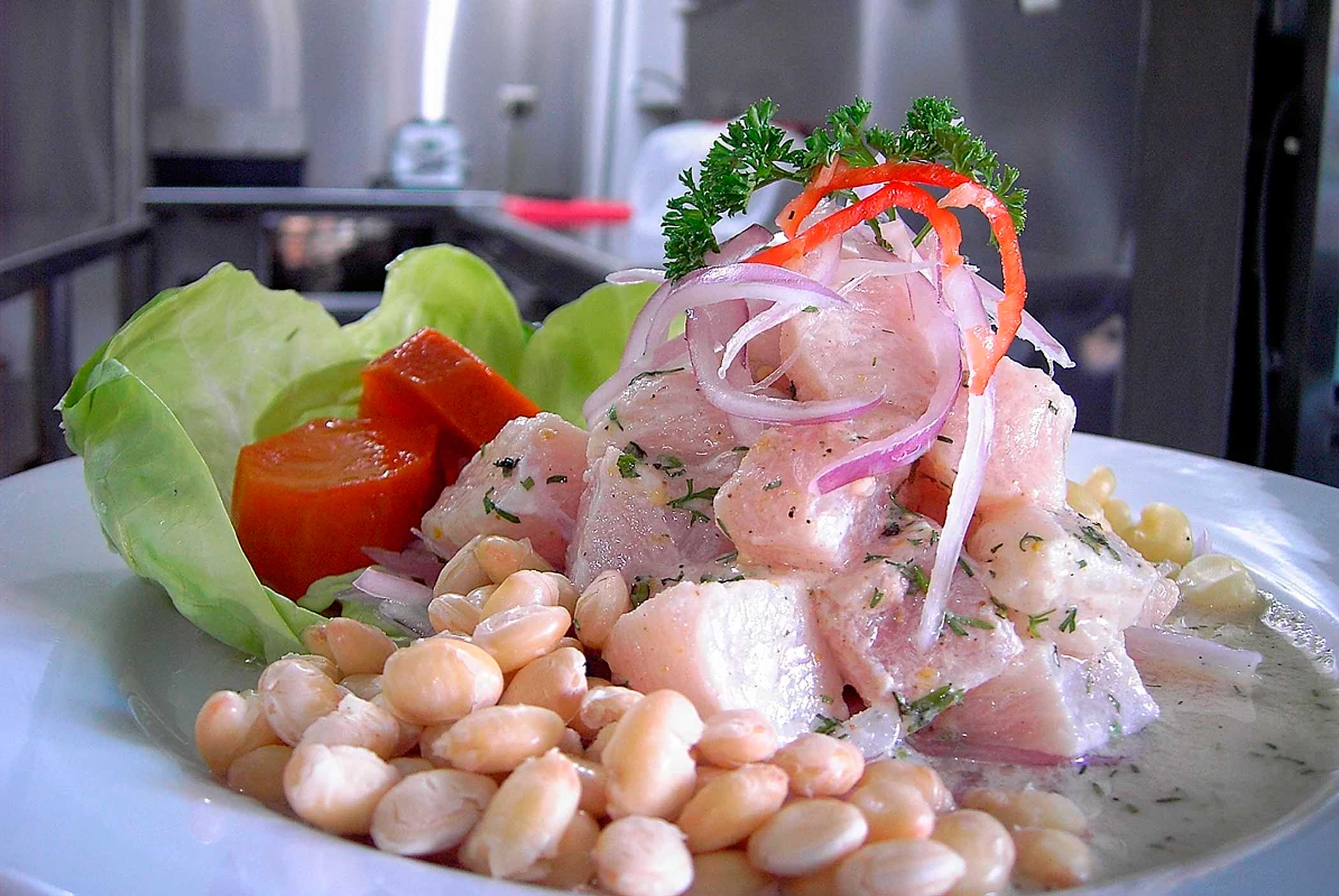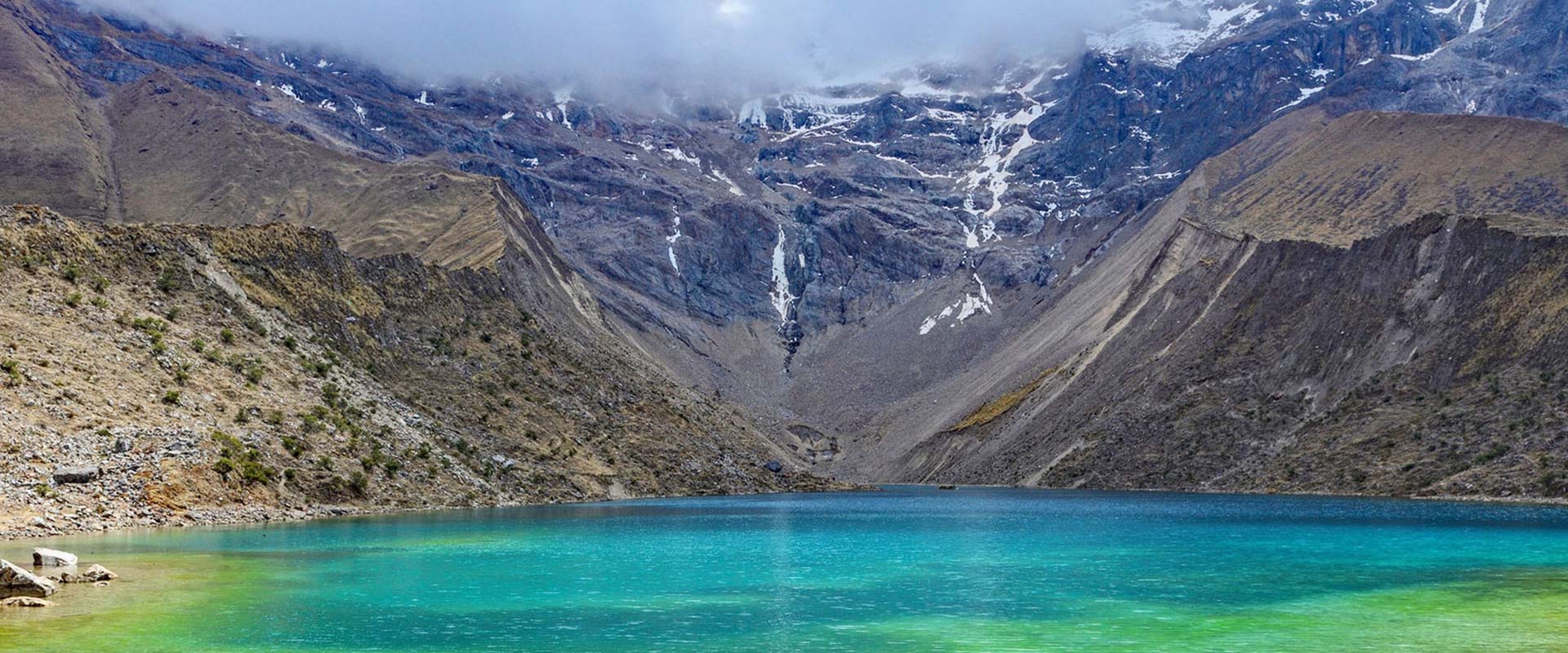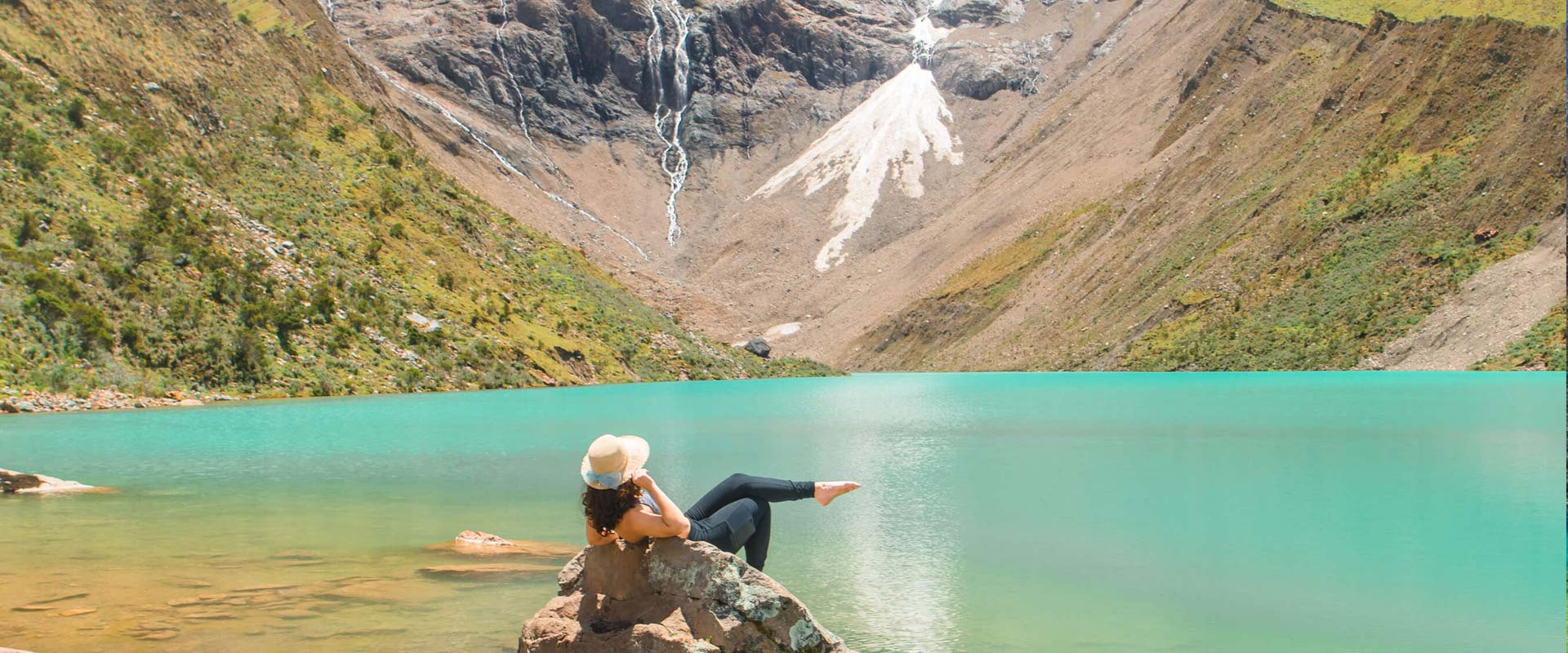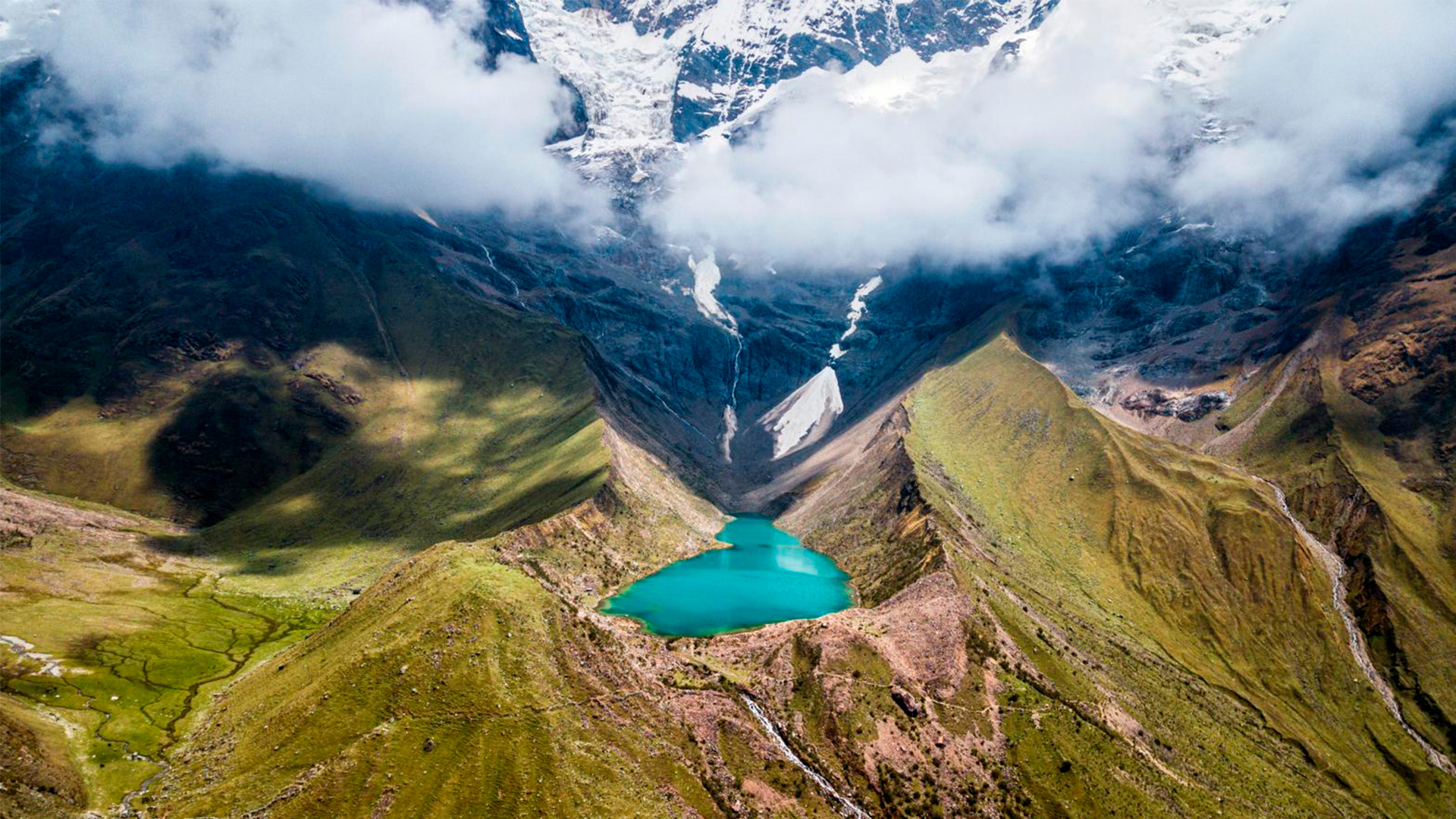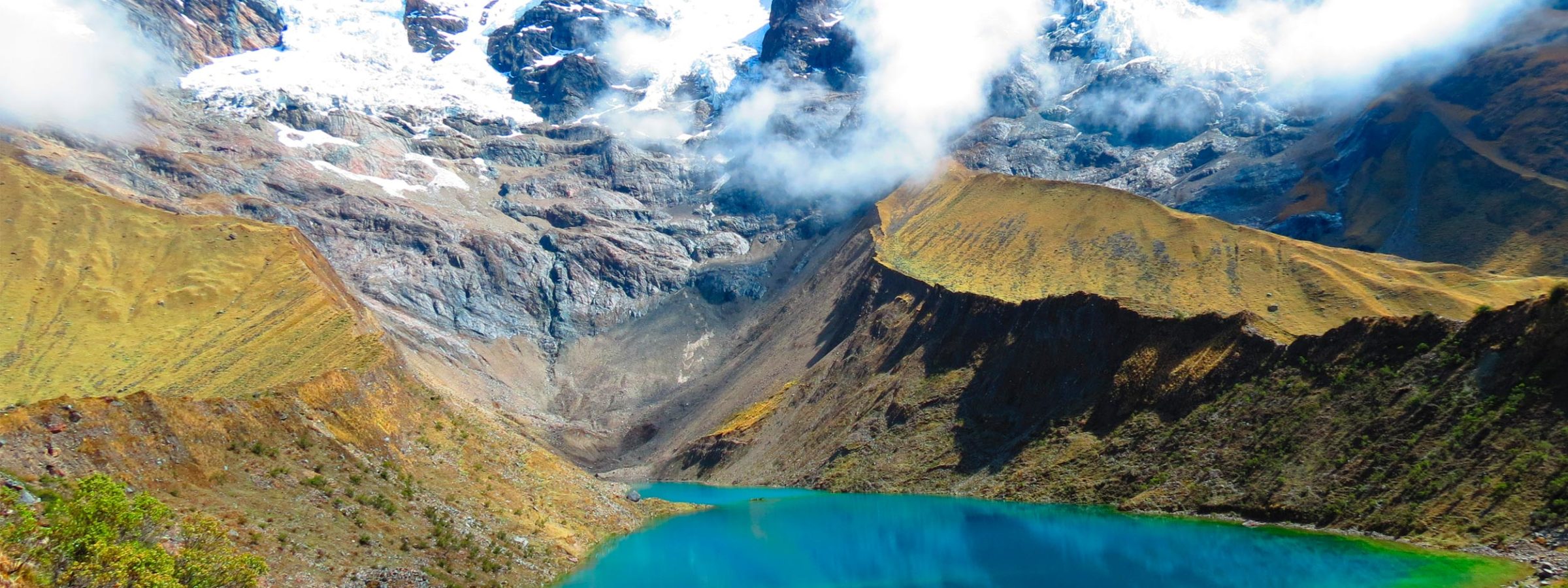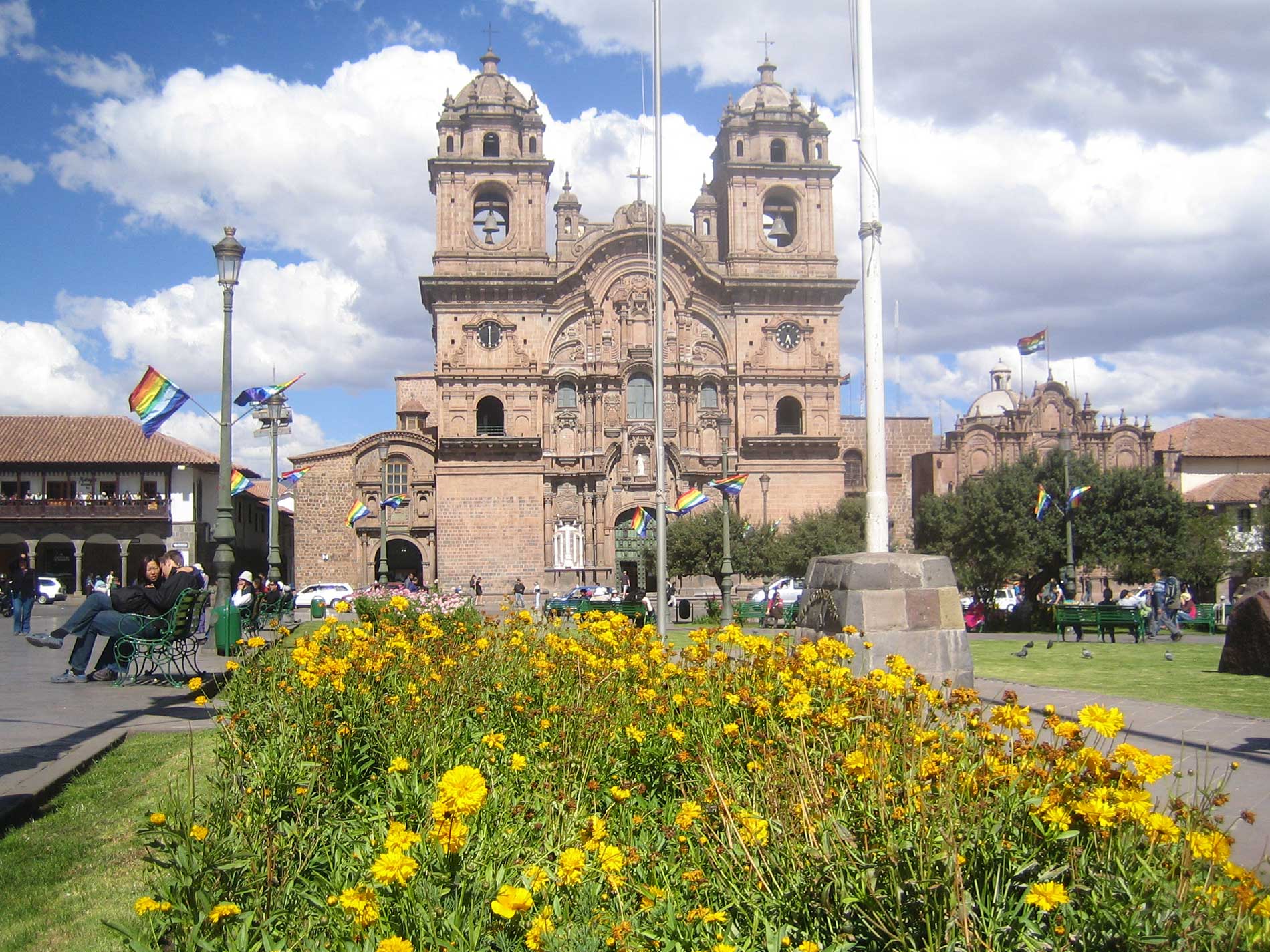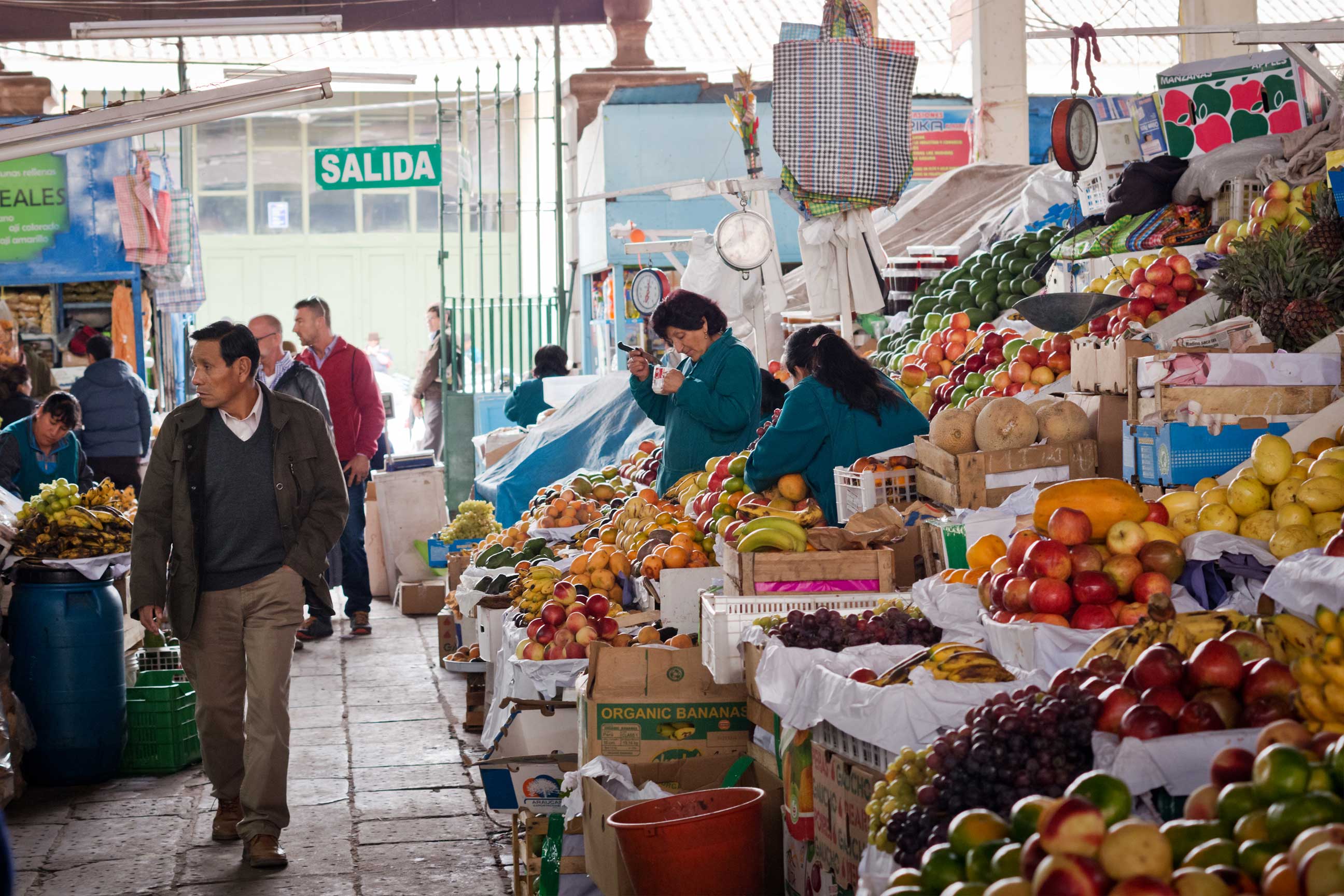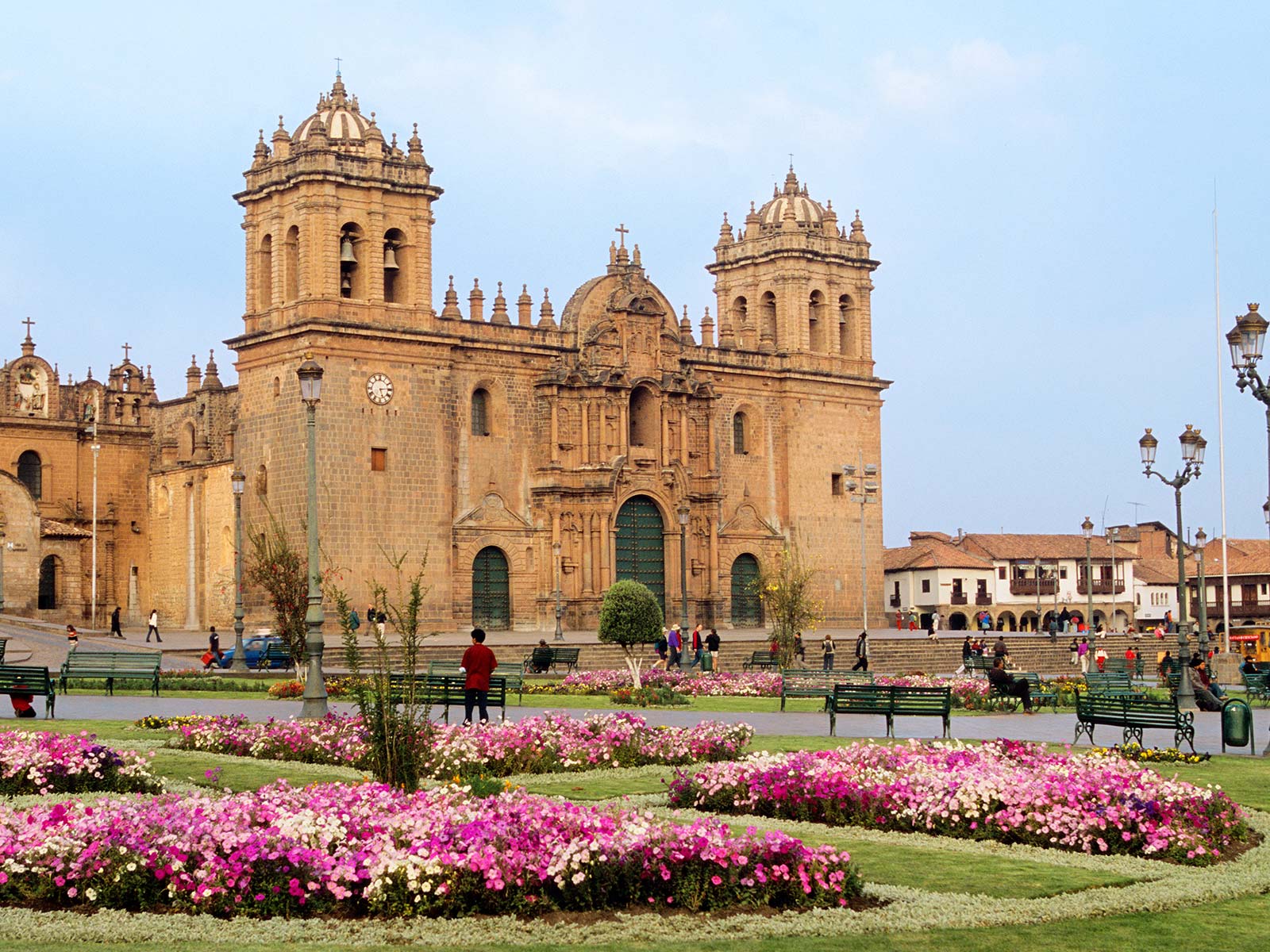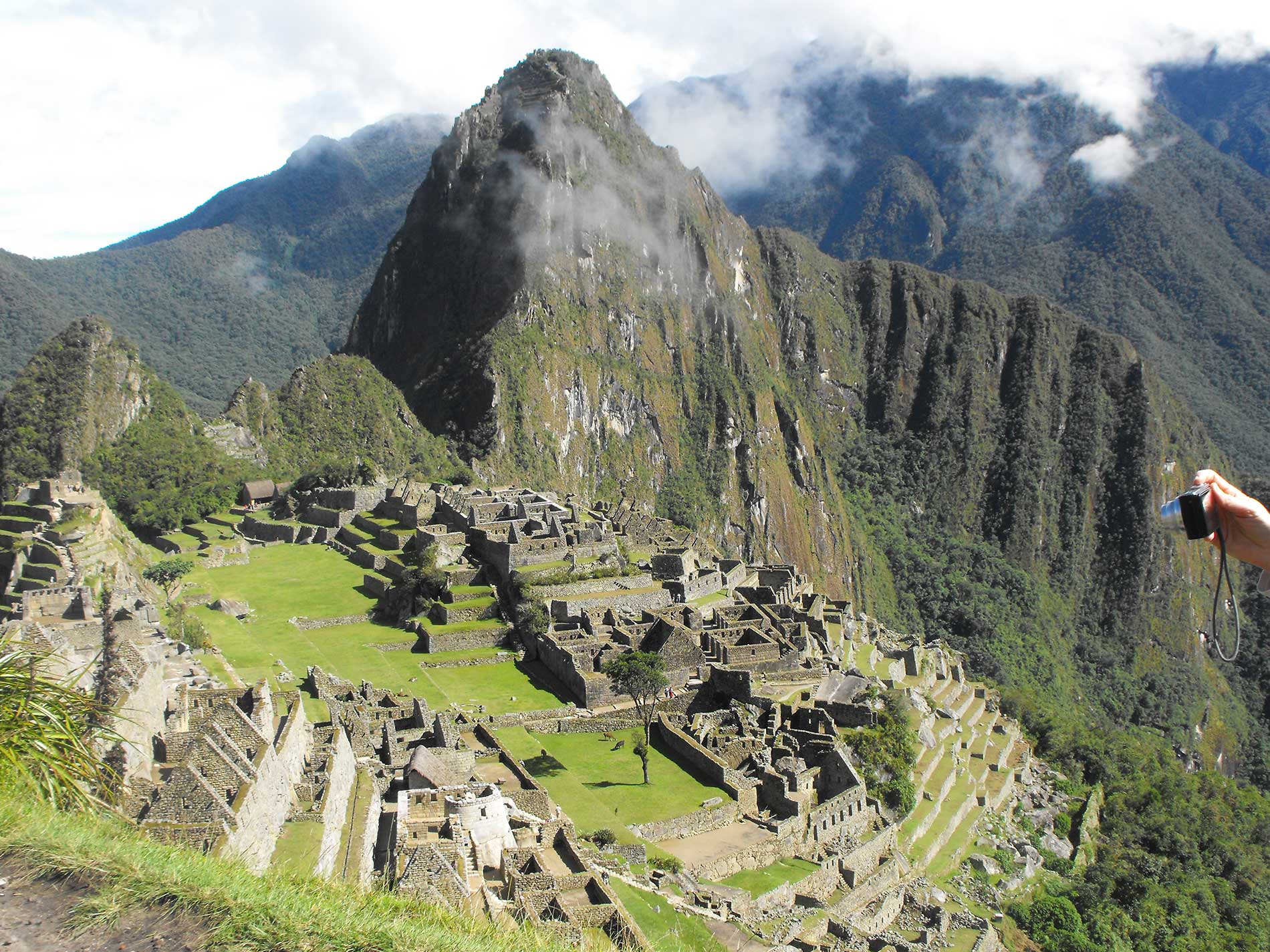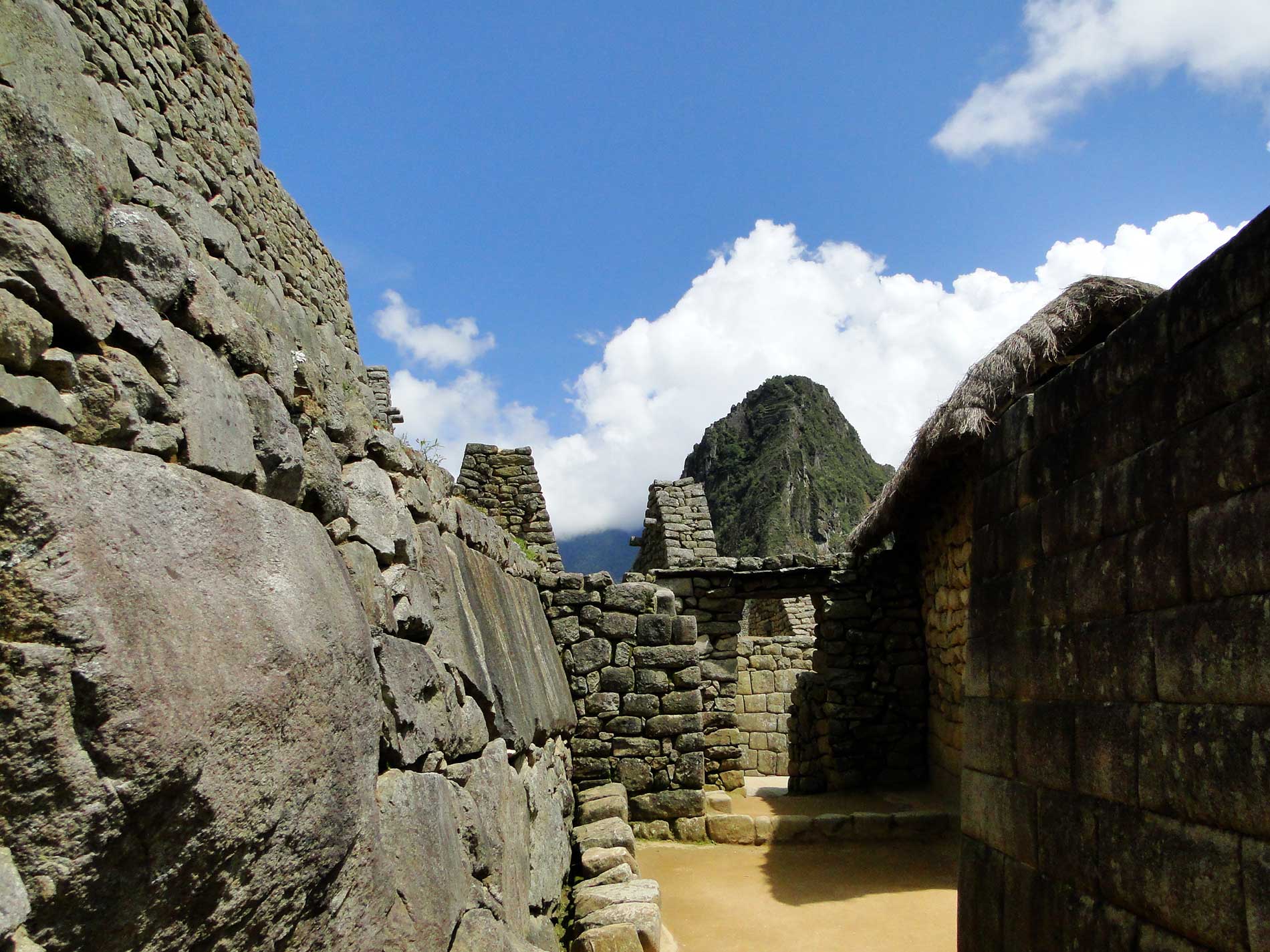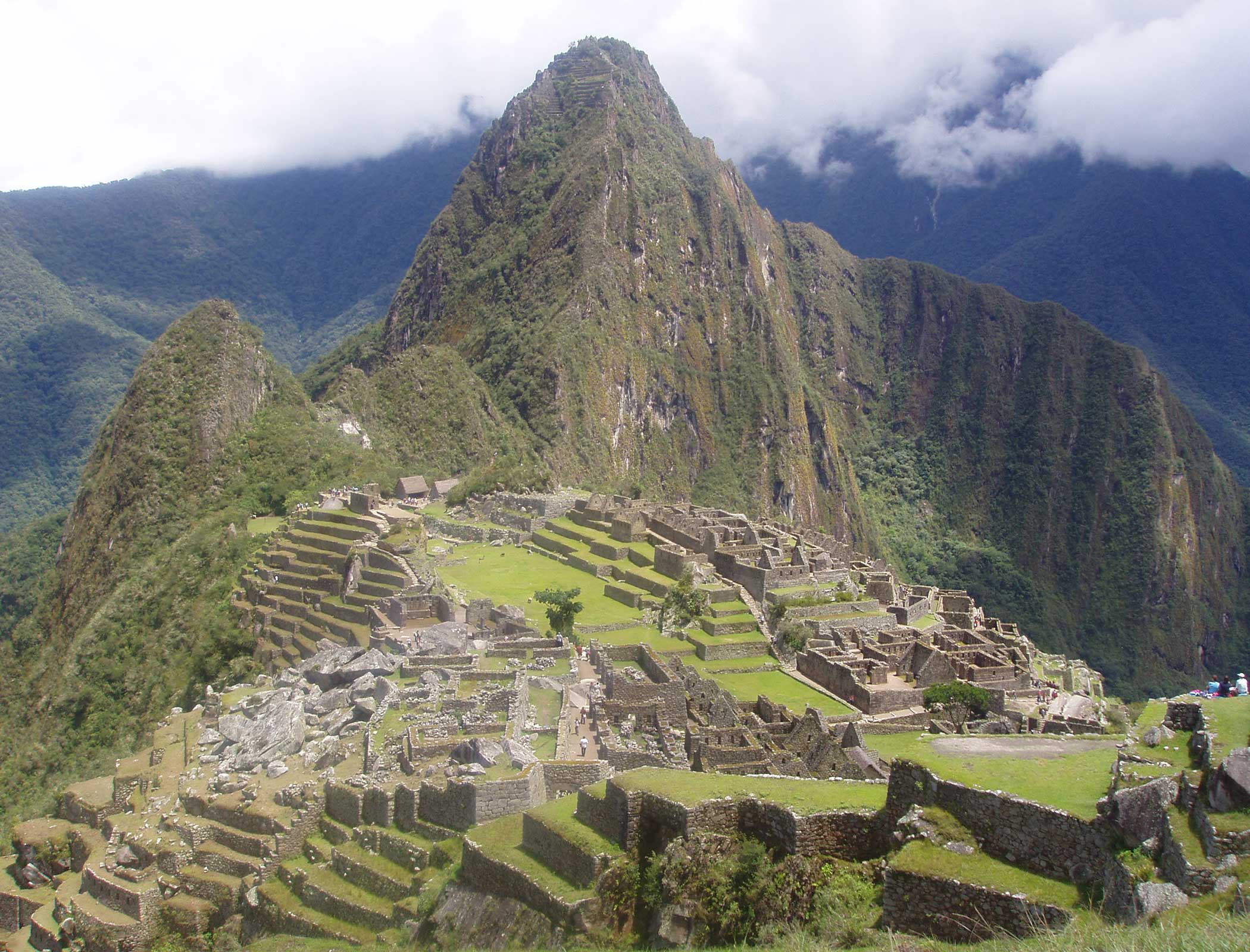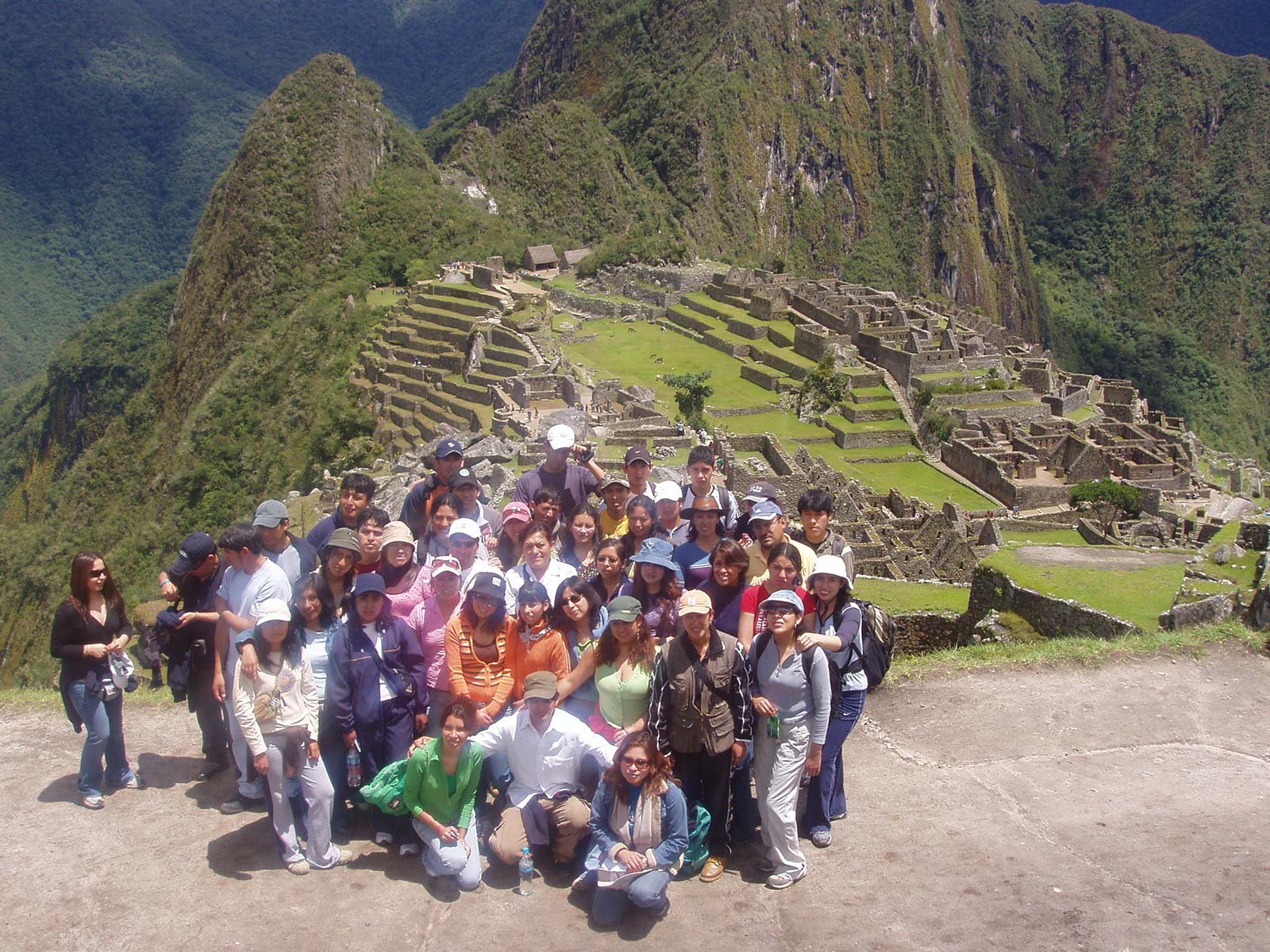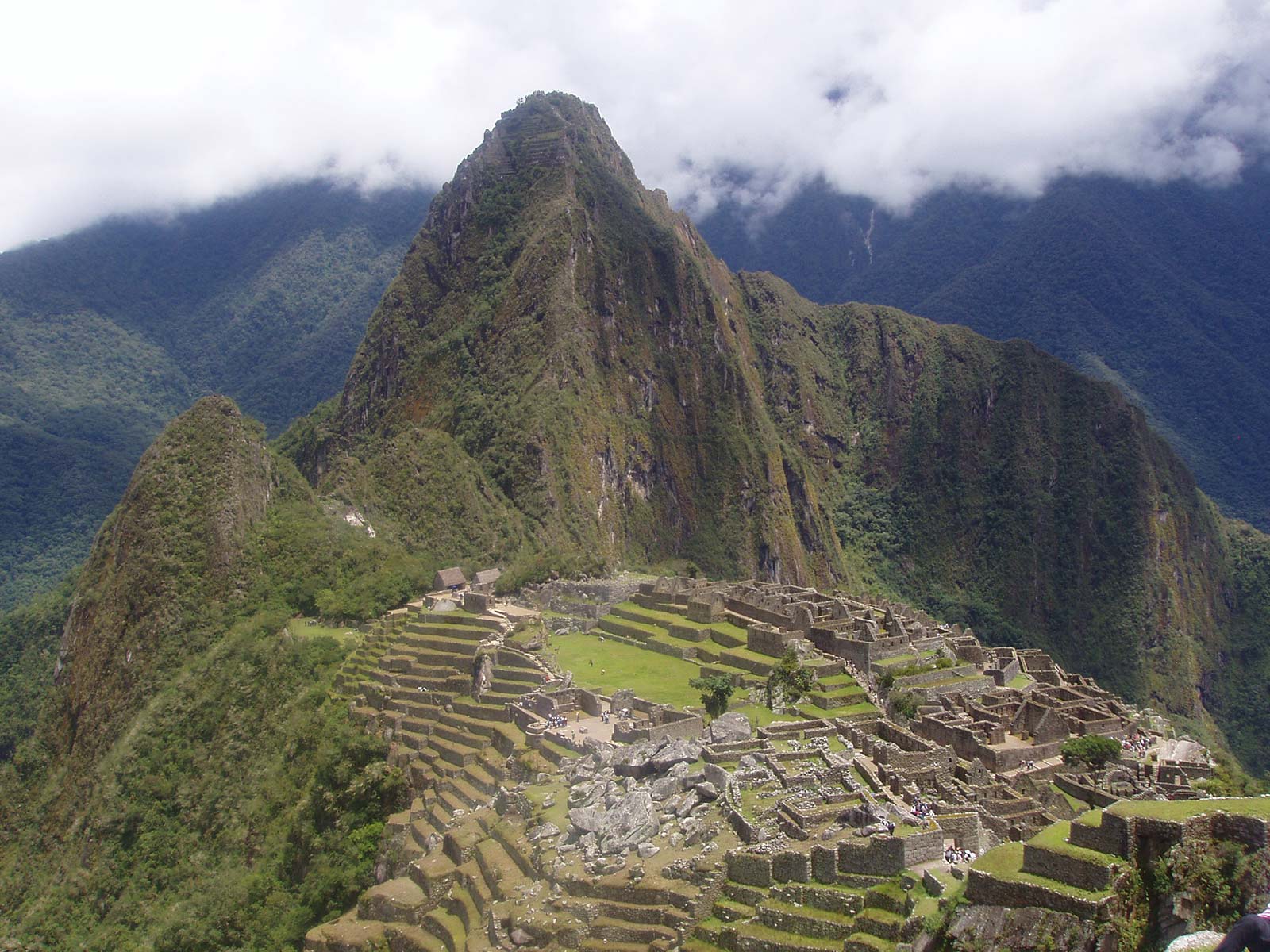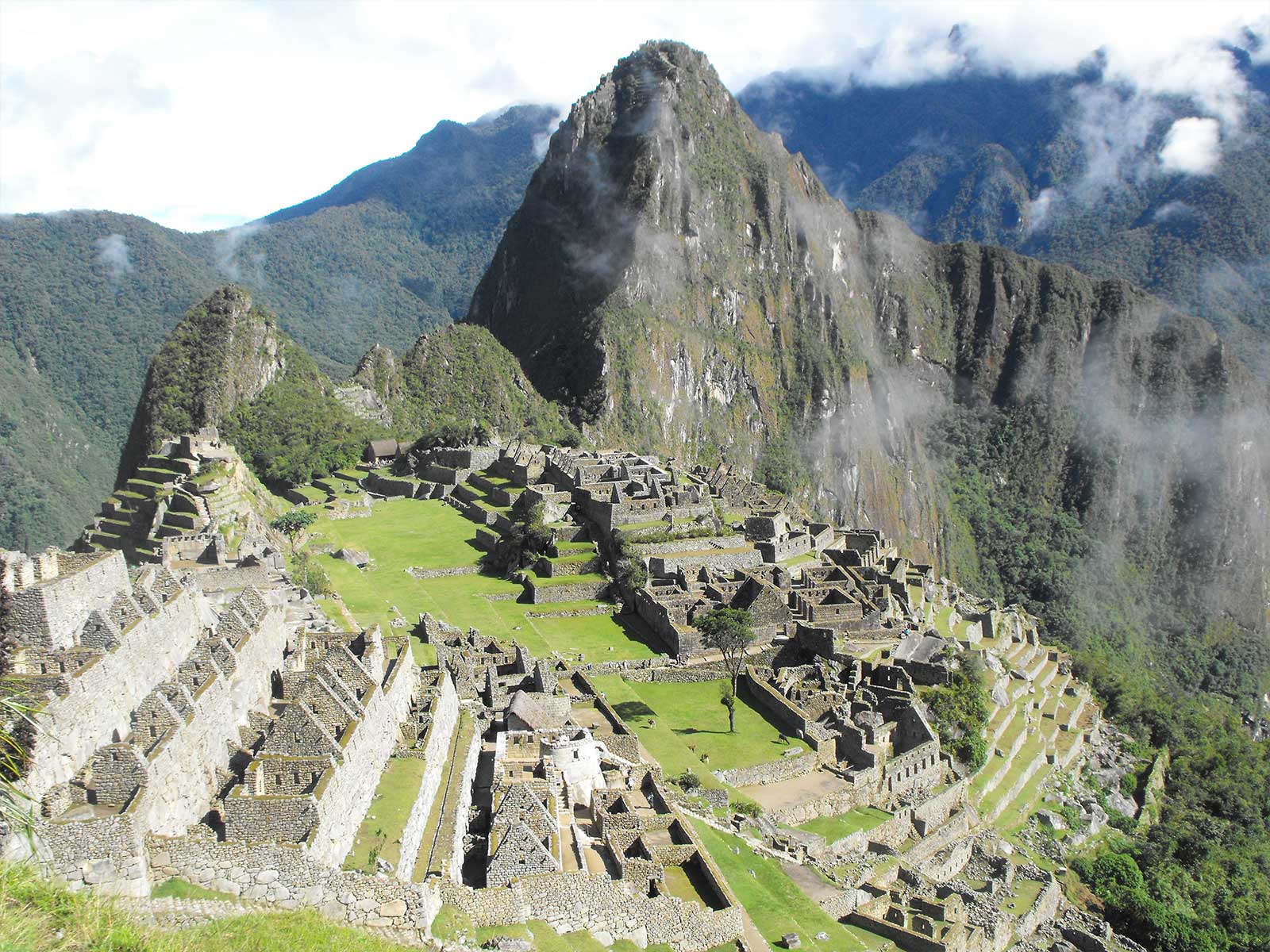The typical beverage of Cusco, mate de coca or coca tea (from the Quechua kuka mat’i) is an infusion of coca leaves from the Andean regions of Bolivia and Peru, whose presence also includes other Andean countries such as Ecuador and northern Chile, as well as areas of Colombia and all of northern Argentina.
Coca tea is a drink consumed both as a stimulant and as a cure for soroche or mountain sickness. It also has a symbolic value and produces an energizing effect similar to coffee. The sale and consumption of coca leaves is legal in Peru, Colombia and Bolivia, being also very common in the North of Argentina. It is common in restaurants at the end of the meal to offer coca tea in bags or sachets to stimulate digestion. It can be sweetened with sugar or honey.
Emoliente
The emollient is a traditional drink consumed mainly in Peru 🇵🇪 It is traditionally consumed in the mornings or evenings. Different medicinal properties are attributed to it, either for treatment of the digestive, reproductive, respiratory or circulatory system.
The emollient was introduced in Peru during colonial times as a medicinal drink or tizana. In Lima it became so popular that there was an emolientero on practically every street corner.
The emoliente is a drink prepared on the basis of roasted barley grains, medicinal herb extracts, sugar and lemon juice. Among the most commonly used herbs are horsetail, flaxseed, alfalfa, plantain and boldo.
In recent years, the emollient – especially the one sold on the streets in street carts – has been incorporating a series of medicinal plants, some of which have been chosen because of their diuretic properties. Among these plants are cat’s claw, maca, chancapiedra, sangre de grado, muña and aloe vera.
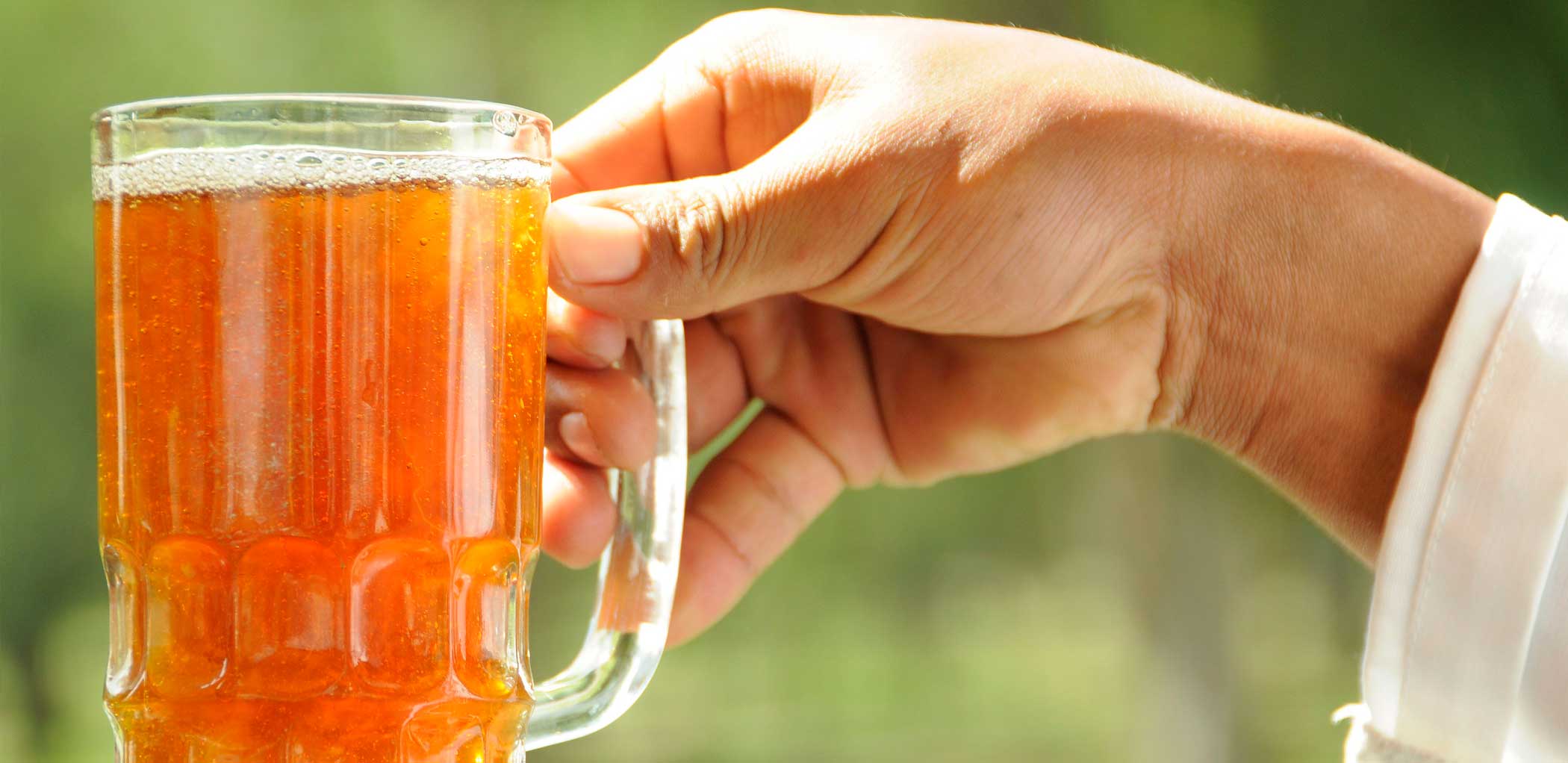
Chicha of Jora or corn
Chicha is the name given to several varieties of beverages derived mainly from the non-distilled fermentation of corn and other cereals originating in America; although also, to a lesser extent, they are usually prepared from the fermentation of different cereals and fruits.
Chicha is a widely consumed beverage in South and Central America. It is usually a beverage elaborated by hand, of mild to medium alcoholic graduation, chicha is also used in agriculture, nowadays, it is still used in the city of the Inca, it is a traditional beverage for the people of the Andes.
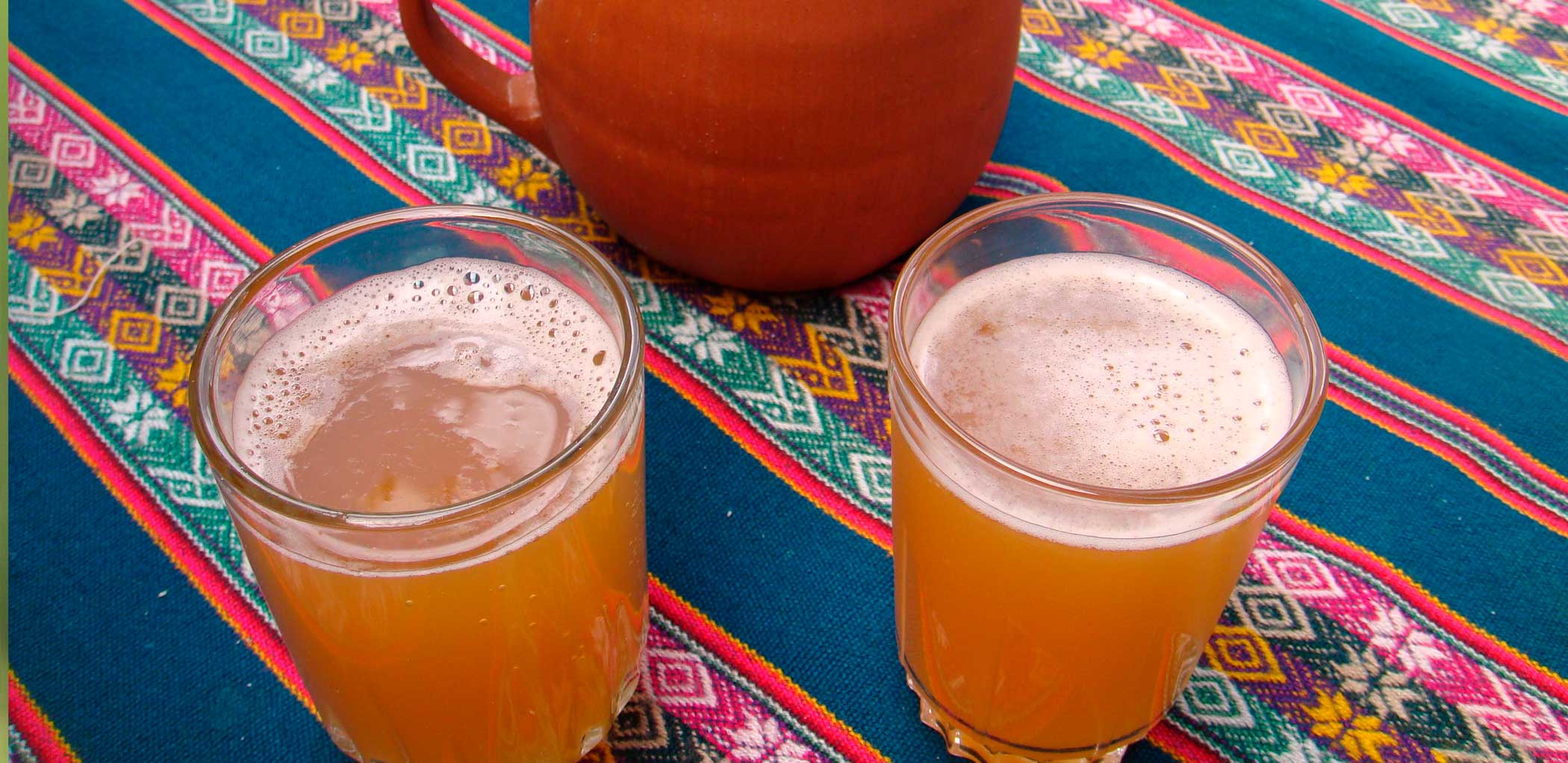
Muña tea
The muña is a bush plant native to Bolivia, Colombia, Ecuador, Peru and Venezuela, this drink is very good for an infusion that serves for altitude sickness or soroche. Generally, muña is used in infusions, which are elaborated with its flowers. It has a stimulating effect on the whole organism.
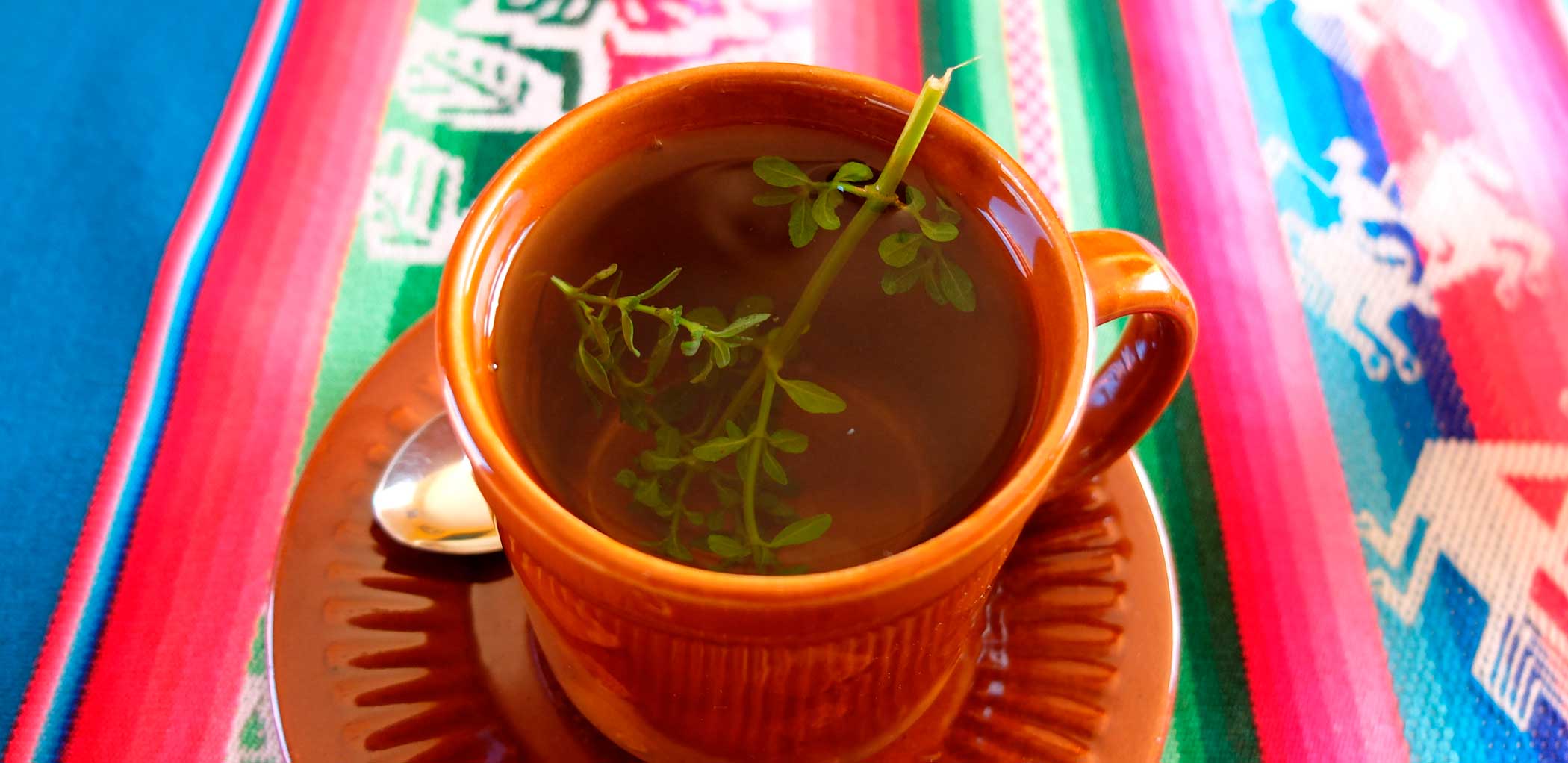
Cusqueña wheat beer
Cusqueña is a Peruvian beer brand and brewery founded in 1908. They produce four varieties: blonde, black, red and wheat lager. It is the Peruvian beer with more international presence.
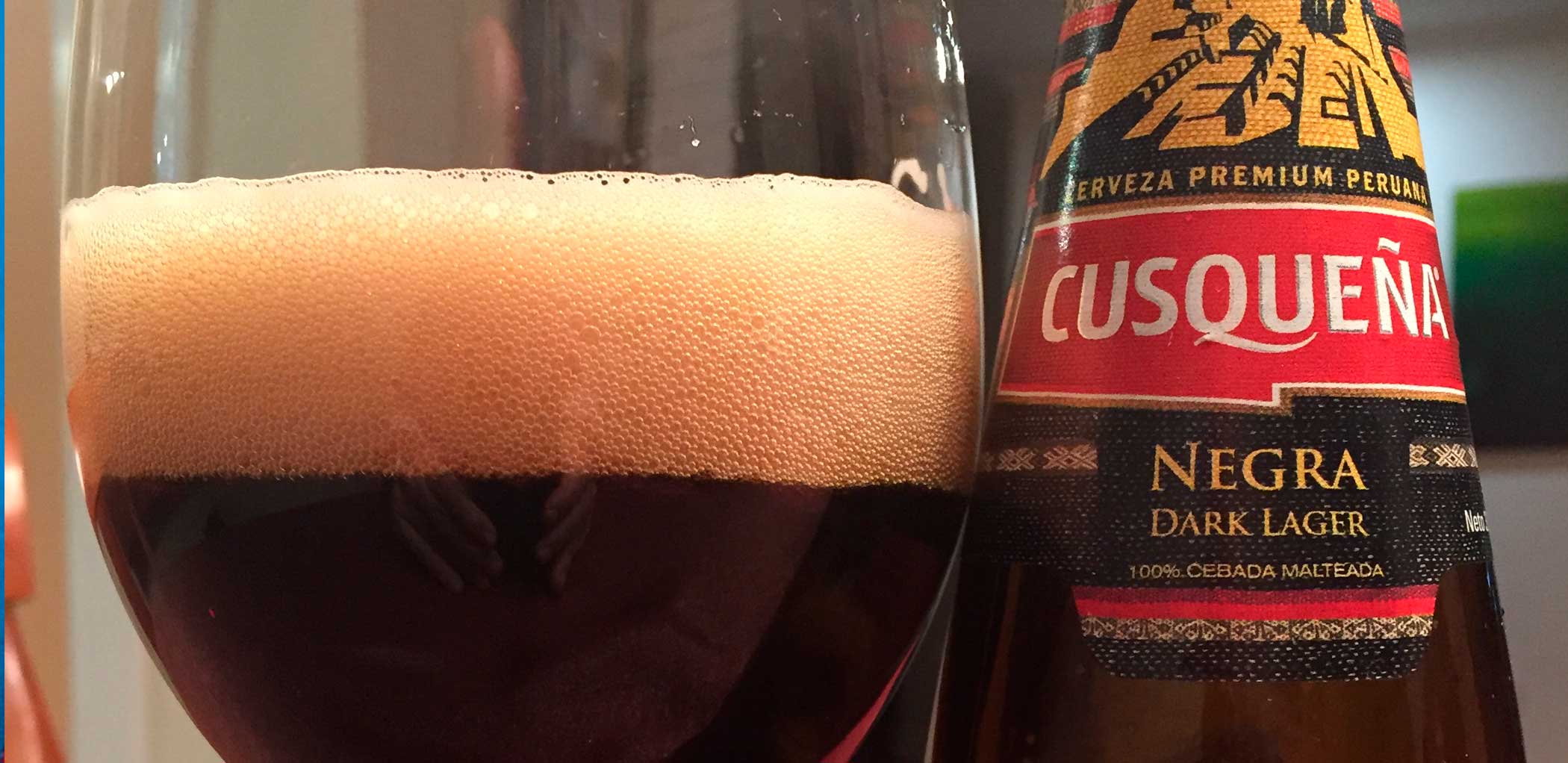
We have travel agents specialized in Machupicchu tours and they will be able to advise you in planning your next trip to Peru. If you have frequently asked questions about tours to Machu Picchu 2021 do not hesitate to write us at info@peruculturalconnection.com or Whatsapp +51 984 264 215 immediately we will be answering any questions you may have.

